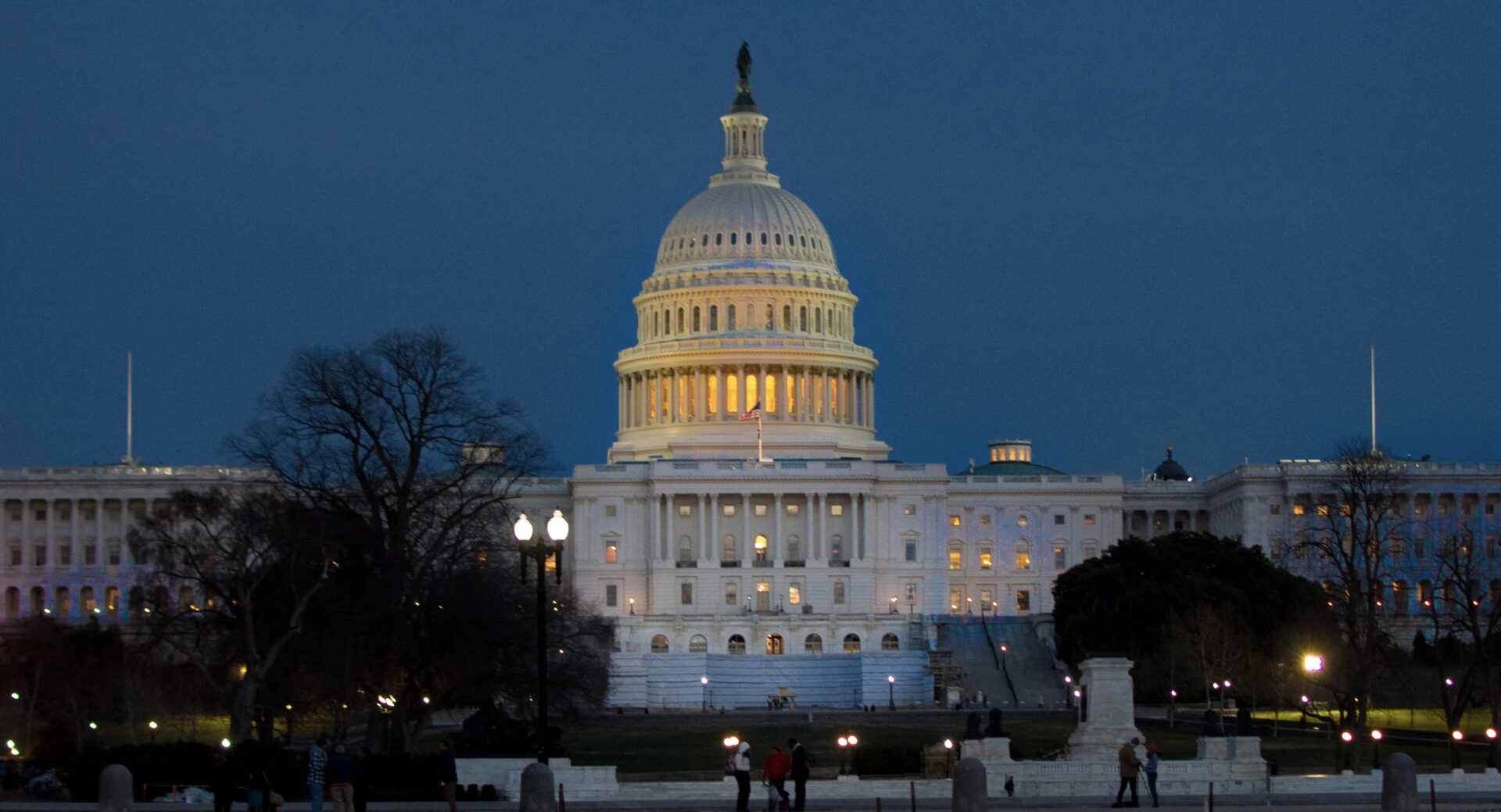RAIN, lightning and snow hit parts of Northern California on Monday, Nov. 9, and a cold, wet storm was expected to bring chilly temperatures and scattered showers to Southern California.
More than 500 lightning strikes and strong wind gusts were reported over the Bay Area, prompting an airport weather warning due to the thunderstorms, according to the Los Angeles Times and the National Weather Service.
“This strange combination of seemingly unending heat, humidity, and large contrasts between extreme dryness occasional flash flooding is largely the result of record warm Pacific Ocean temperatures, which are still well into the 70s across the Southern California Bight and have even approached 80 degrees at times this calendar year,” said Daniel Swain on WeatherWest.com’s California Weather Blog.
Forecasters advised drivers to avoid the Sierra Nevada mountain pass, where some canyons above 5,000-foot elevation were expected to get 8-10 inches of snow, through the early part of the week.
Chains or snow tires are required on most mountain highways around Lake Tahoe on the California-Nevada border, said NBC Bay Area. Up to 1 foot of snow at the highest peaks was predicted through Monday night.
Heavy snow and flash flooding could also potentially affect areas recently scarred by wildfires, officials said.
The low-pressure weather system, combined with the effects of tropical storm El Niño, is bringing winter conditions to California. Temperatures in the Bay Area and Central California are expected to dip into the 40s.
As the storm moves south into Santa Barbara, Los Angeles, Orange and San Diego counties, it will lose steam, according to NWS meteorologist Kathy Hoxsie.
“Southern California could get a drizzling of light showers, and thunderstorms may come to parts of Santa Barbara County,” Hoxsie said.
Temperatures are also expected to drop, with highs ranging from the high 60s to low 70s in the early part of the week, as “a trough of low pressure moves through Santa Barbara, San Luis Obispo, Los Angeles and Ventura counties,” said Scott Sukup, an NWS meteorologist in Oxnard.
“By the weekend, the cold front will be replaced by dry and warm weather, and temperatures could reach into the 80s Saturday,” Hoxsie added. “You gotta enjoy it while you can.”
“There is no guarantee that this coming winter will turn out as wet as those of 1982-83 and 1997-98, and other factors aside from El Nino will play an important role,” wrote weather historian Christopher C. Burt, for Weather Underground. “Even if record or near-record precipitation…does occur, it is unlikely to end the current drought affecting the state.”
“Of critical importance is how much of the precipitation falls as snow in the Sierra Nevada. If the storms are warm and the rain falls in just a series of intense storms much of the benefit will be lost to run-off into the Pacific Ocean.”





